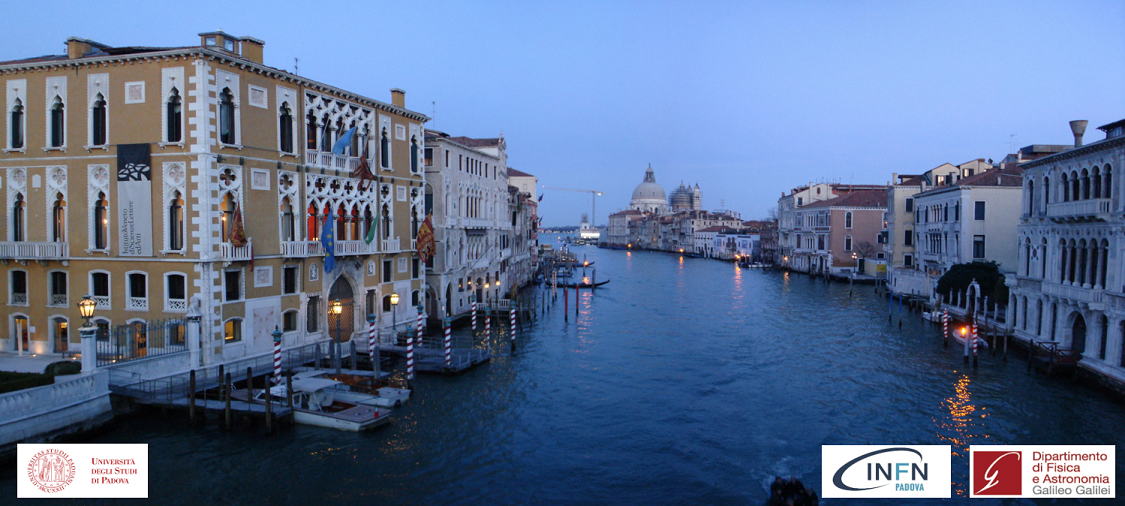Speaker
Description
BINGO is a project dedicated to explore new methods for background reduction in experiments searching for $0\nu2\beta$ decay. It is based on bolometers, one of the most promising techniques to search for $0\nu2\beta$. CUORE and CUPID-Mo/0 are the main bolometric experiments that have shown the most relevant limiting factors on $0\nu2\beta$ sensitivity. Surface $\alpha$s are the main source of background in CUORE, and this contribution has been mitigated in CUPID-Mo/0 using dual heat-light channels, i.e., a main scintillating absorber embedding the $0\nu2\beta$ isotope facing a light detector. In this case, the surface $\alpha$ rejection is achieved thanks to the lower $\alpha$ light output compared to $\beta/\gamma$. However, there are still other background components that limit the sensitivity of the experiments, such as pile-ups due to random coincidences of physical events, external $\gamma$ background and $\beta$ surface radioactivity. BINGO proposed technology aims at reducing the background index down to $10^{-5}$counts/(keV kg yr) in the region of interest, thus boosting the sensitivity on the effective Majorana neutrino mass. This can be achieved by: (i) having a revolutionary detector assembly with a reduction of the passive materials facing the detector; (ii) increasing the light detector sensitivity thanks to Neganov-Luke amplification; (iii) using a cryogenic active shield, based on BGO scintillators with bolometric light detector readout surrounding the experimental volume. In this talk we will describe the listed approaches in details and the most recent results of the prototype tests will be present as well.

